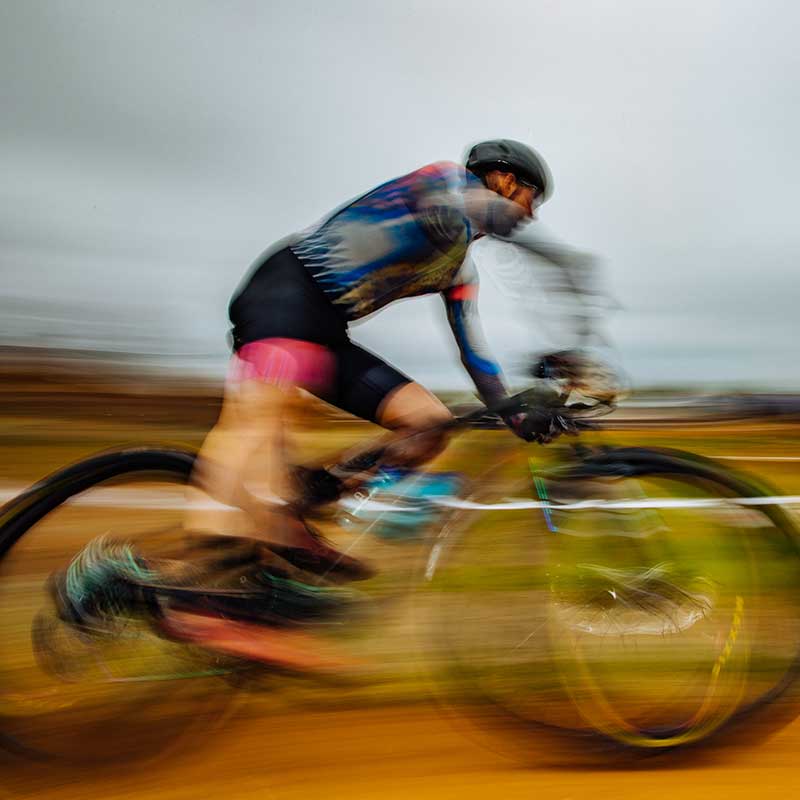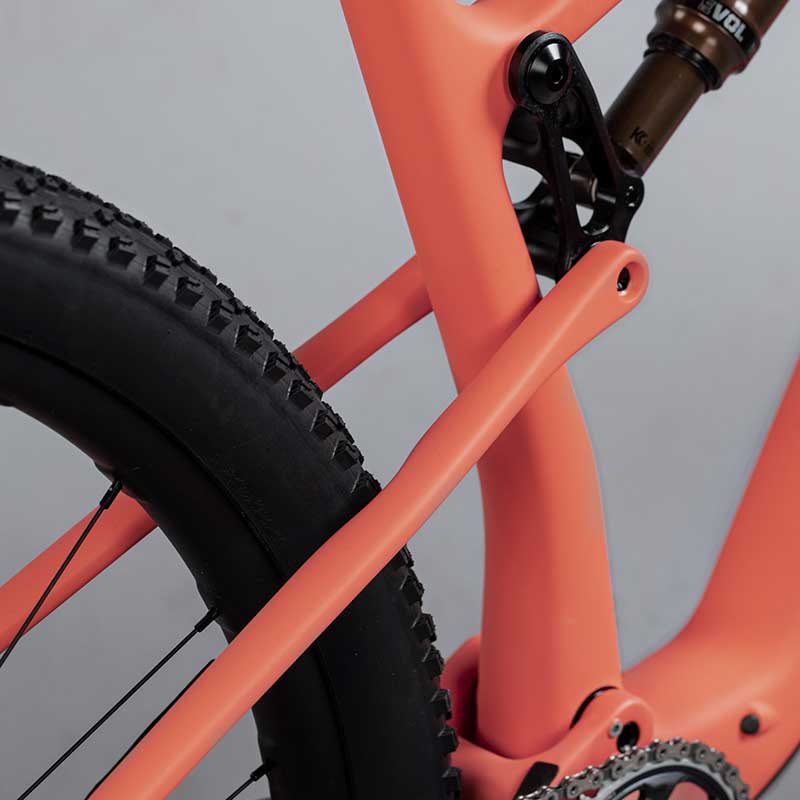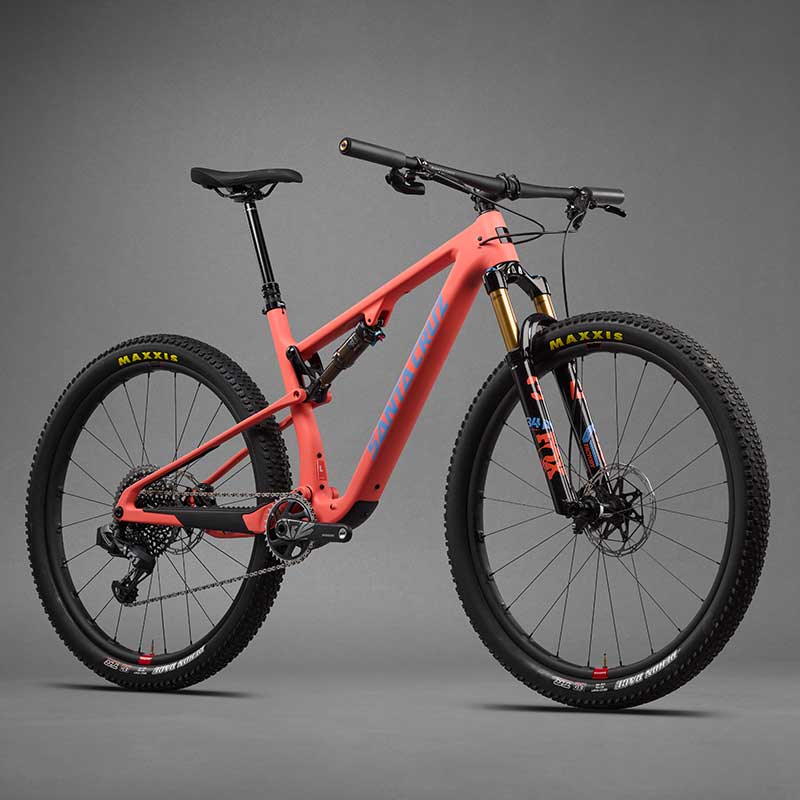Superlight

The brand new Blur and Wilder have landed, with a fresh approach to suspension designed for all out speed, minimal weight and ultimate traction. lets have a closer look at superlight

The (Super)lightest Suspension
Santa Cruz's priority with the Blur & Wilder was to ensure that every kilojoule of a rider's energy is translated into forward thrust. That meant making something lightweight but also really efficient.
Cross-Country racing isn't a power lap around the park anymore. The courses are challenging and the competition fierce. Superlight provides traction to avoid the wobblers but keeps overall weight down. By reducing the amount of moving parts, bearings and linkages Santa Cruz have saved 289g over the previous blur.

Santa Cruz Engineered Carbon
Without the lower link or an additional pivot somewhere out back how does it work? The stays actually flex a small amount. But building flex into a carbon component means engineering it in a way that it moves in the direction that you want, does so without failure and with the right amount of spring force considered.
Those spring forces affect the feel and performance of the suspension, and required a lot of work to understand and manipulate properly. Because Santa Cruz have their own carbon lab in California and skilled composite specialists they were able to text and experiment with different carbon fiber layups until they struck the right balance between flex, damping and durability.
Santa Cruz's modern, warranty backed carbon technology along with their in house carbon engineering know-how is what makes the Blur & Wilder not just some one-season, one-off whip designed to hit weight targets but something that will keep going and going.
What they've come up with does a great job at maximising both traction and efficiency, which is important for World Cup XC racing. Or beer league Wednesday night battles

Smart Frame, Dumb Shock
Hold onto your bidons, it's about to get nerdy.
Instead of relying on a high anti-squat figure to resist excessive bobbing from a progressive, high leverage shock curve, Santa Cruz looked to the leverage curve to provide more of the support and control. This concept results in a lower and more consistent leverage curve which enabled us to reduce anti squat and therefore chain influence on the suspension. This allows the rear tyre to have more traction and sensitivity in both climbing and descending scenarios, but also produces a much more efficient forward drive because less pedalling input, from anti-squat, is utilised to overcome the rider's body weight influence on the suspension.


